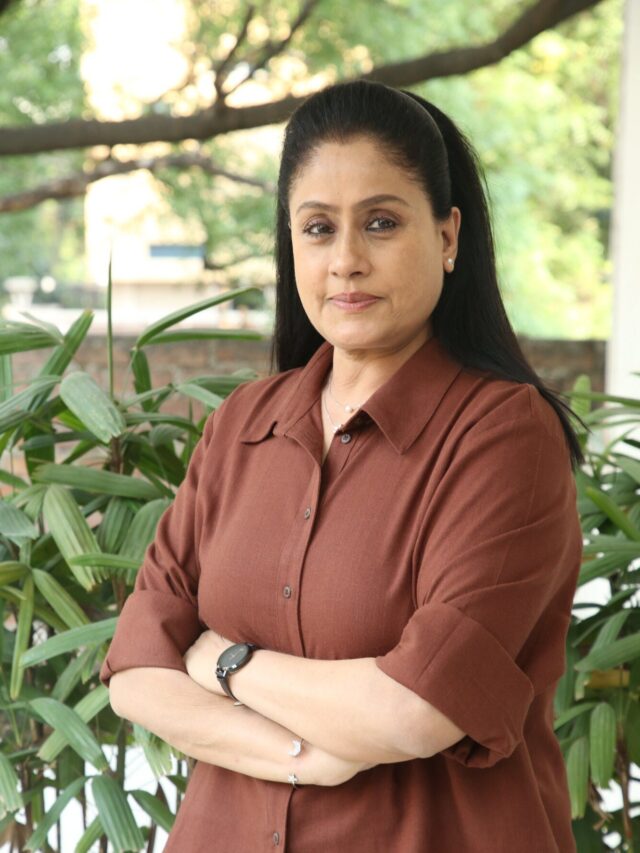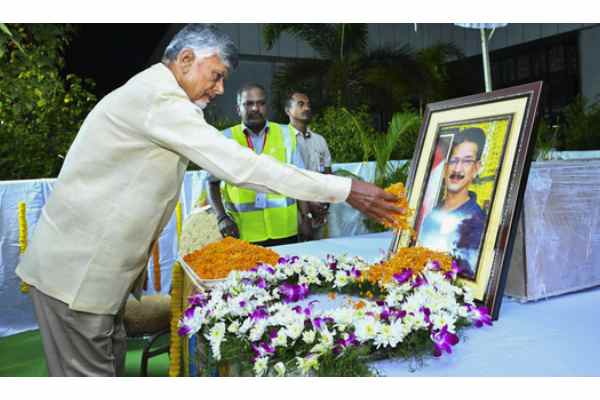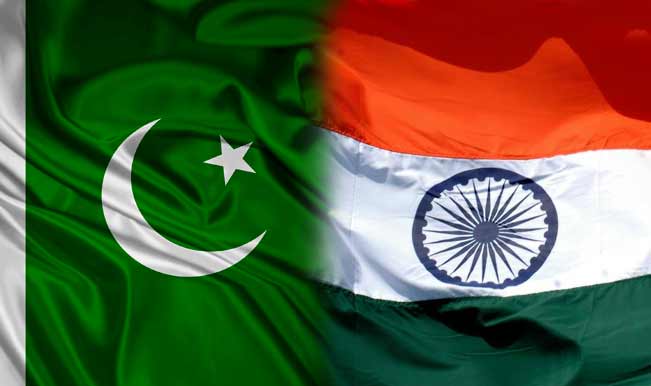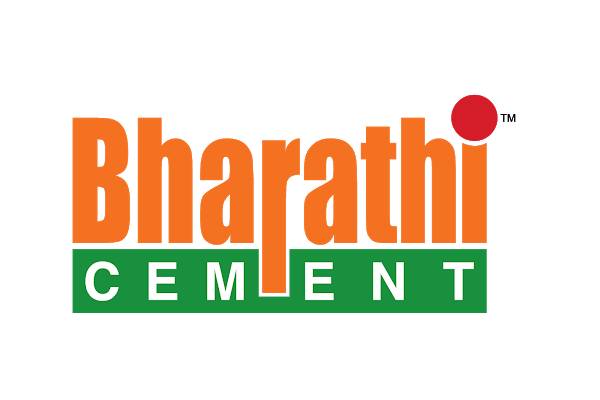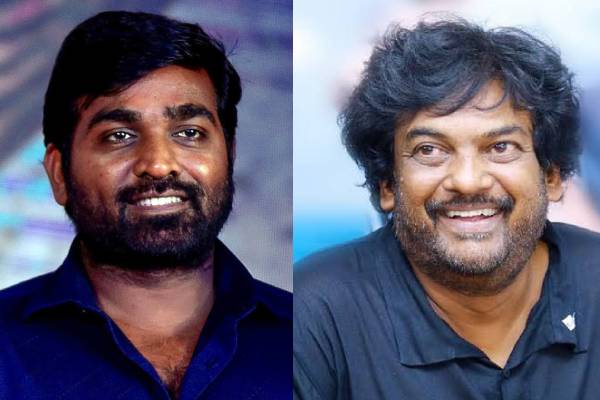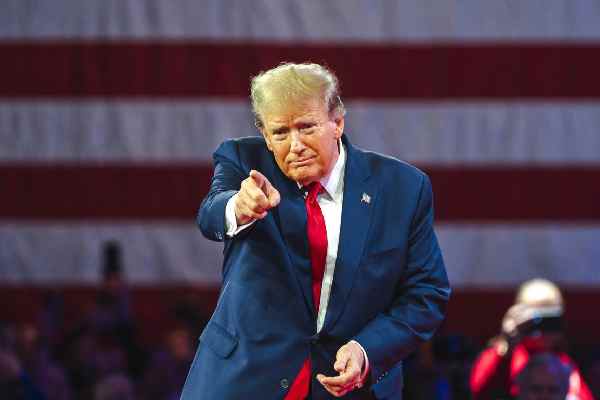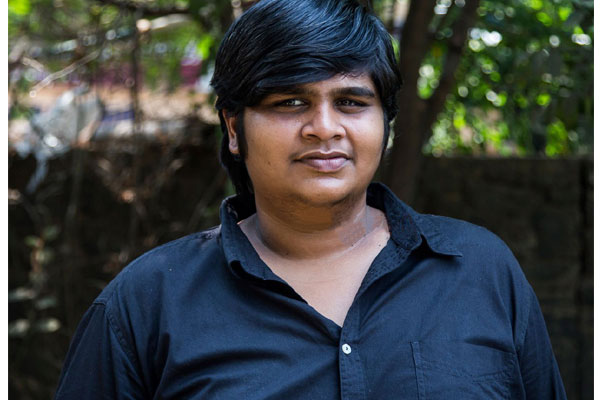US President Donald Trump has unveiled his comprehensive “Liberation Day” tariff strategy, providing specific percentages for each country based on what he describes as their treatment of the United States in trade relations.
Trump specifically highlighted China’s 67% rate against the US, claiming this includes currency manipulation and trade barriers. In response, he’s implementing a “discounted reciprocal tariff” of 34%. For Vietnam, which he claims charges the US 90%, Trump will impose a 46% tariff. Taiwan faces a 32% tariff, compared to their alleged 64%, while Japan will see a 24% tariff, against their supposed 46%.
The European Union, which Trump described as “very tough traders” who “rip us off,” will face a 20% tariff compared to what he claims is their 39% against the US. In contrast, the United Kingdom receives more favorable treatment with a matching 10% tariff.
Trump mentioned India specifically, referencing Prime Minister Modi’s recent visit and calling him “a great friend,” but asserting India isn’t treating the US fairly with its 52% tariffs. Other South Asian nations face significant tariffs – Bangladesh (74%), Pakistan (58%), and Sri Lanka (88%).
Cambodia receives one of the highest tariffs at 49% (against their alleged 97%). Switzerland will face a 31% tariff, South Africa 30%, and Brazil a matching 10%.
Throughout his explanation, Trump highlighted his approach as “discounted reciprocal tariffs,” charging less than what he claims other countries impose on the US. He defended the policy by stating, “How can anybody be upset? They will be, because we never charged anybody anything, but now we’re going to charge.”
Trump referenced his previous tariff actions against China, claiming they brought “hundreds of billions of dollars” into the US. He also mentioned conversations with former Japanese Prime Minister Shinzo Abe about trade fairness, describing it as “tough love” that foreign leaders ultimately understand.
Trump highlighted semiconductor manufacturing, noting Taiwan “took all our computer chips,” but claiming the US is regaining ground with new facilities being developed that could represent “almost 40%” of production, with Lee Zeldin working on approvals.


